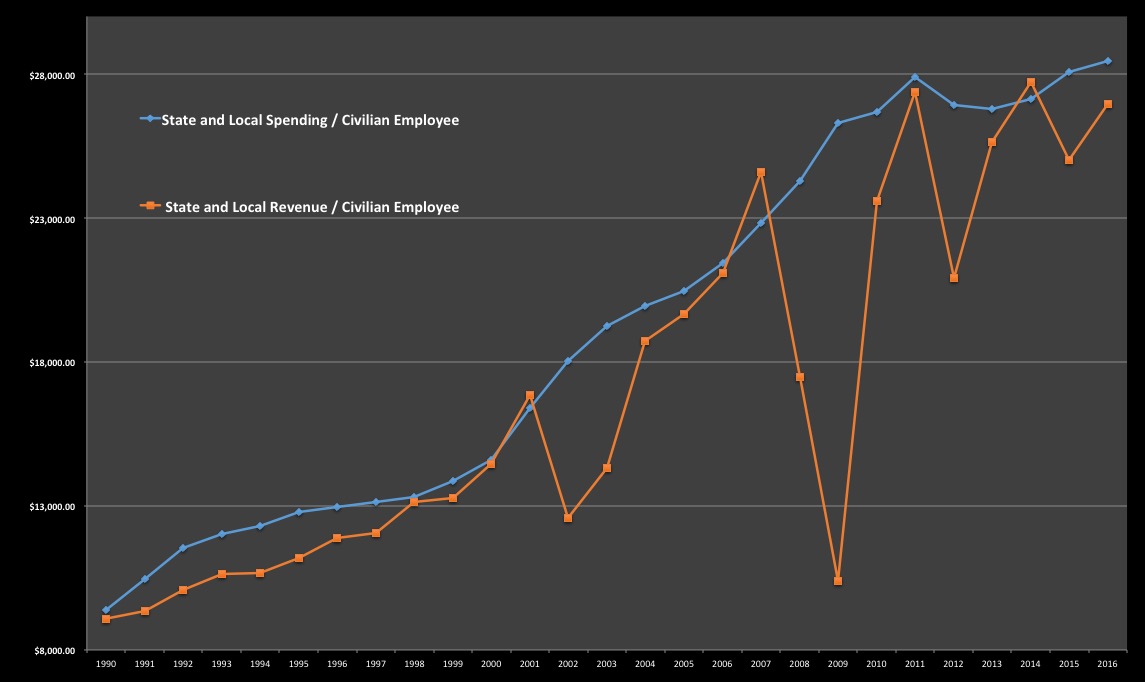Impact of Higher ETF costs
We have uploaded the Excel worksheet here: http://ocsmallbusiness.com/wp-content/uploads/2020/09/Impact-of-costs-on-fund-returns.xlsx
The first question you may have is why do you need a worksheet? You can almost do the math in your head. Using the numbers in the worksheet, simple math would be just wrong because it ignores compounding. Using the numbers in the worksheet, you save about 40 basis points per year, so that comes out to about 120$. So over a ten year period, you would save 1,200$. But that’s not correct, because your annual cost savings compounds over time. You would actually save more than twice as much.
Don’t I get more if I pay More?
Well the short answer is NO.
Big firms are safer? All of the ETF’s that you can buy on a platform like Fidelity or MerrillEdge are regulated by the Securities and Exchange Commission (SEC). That protects investors against fraud. There is no guarantee, that the SEC will do its job as the victims of Madoff can attest, but given the size of Madoff’s operation, it’s clear that being a big firm does not necessarily protect you. You just feel more safe because you see the big firms sponsor cable TV and your favorite sporting events.
The Indexes the expensive ETF’s follow are better. Well I haven’t seen any evidence of that. Funds that follow a passive index, generally invest most of their funds in the top holdings of the fund. So the indexes should perform about the same. Some of the companies that have developed the indexes, make a lot of money in royalty fees. But Cap weighted indexes just buy stocks in proportion to the value of their stock in a given market; so it’s not clear why some index providers get paid so much for doing a little math. Vanguard switched a while back from MSCI indexes to FTSE index to save investors money.
Why are the higher cost indexes funds still around; and why are they recommended in the press? That’s a hard question to answer. When it comes to country specific indexes there does not seem to be much competition. But as mentioned above, there is a 40 basis point difference between EWJ and FLJP.
Franklin Templeton has several country ETF’s that are way lower than the more popular ETF’s
Japan EWJ, FLJP ~ 49bp vs 9bp (6 month Price Correlation 0.99)
Based on the worksheet, this cost differential would be worth $2,542 in ten years, and $5,655 in 15 years.
Korea EWY vs FLKR ~ 59bp vs 9 bp (6 month Price Correlation 0.99)
The cost differential would be worth an estimated $3,164 over 10 years and $7,021 over 15 years
India INDA vs FLIN ~ 69 vs 19bp (6 month Price Correlation 0.99)
The cost differential would be worth an estimated $3,137 over 10 years and $6,928 over 15 years
RUSSIA RSX VS FLRU ~ 67bp vs 19bp (6 month Price Correlation 0.99)
The cost differential would be worth an estimated $3,014 over 10 years and $6,660 over 15 years
warning Typically websites and podcasts have a warning suggesting that you consult with a financial representative. That wouldn’t be a bad idea.
Disclosure, At the time this article was written, we do not accept advertising or sponsorship money. We are not certified financial planners, public accountants and not licensed to give individual investor advice in california. The numbers are only for illustration purposes. Formulas in the worksheet are prettic basic, and are unlocked so you can verify them if you want. Also, we have a tendency to make a lot of math errors which are not technically errors until they are noticed.
